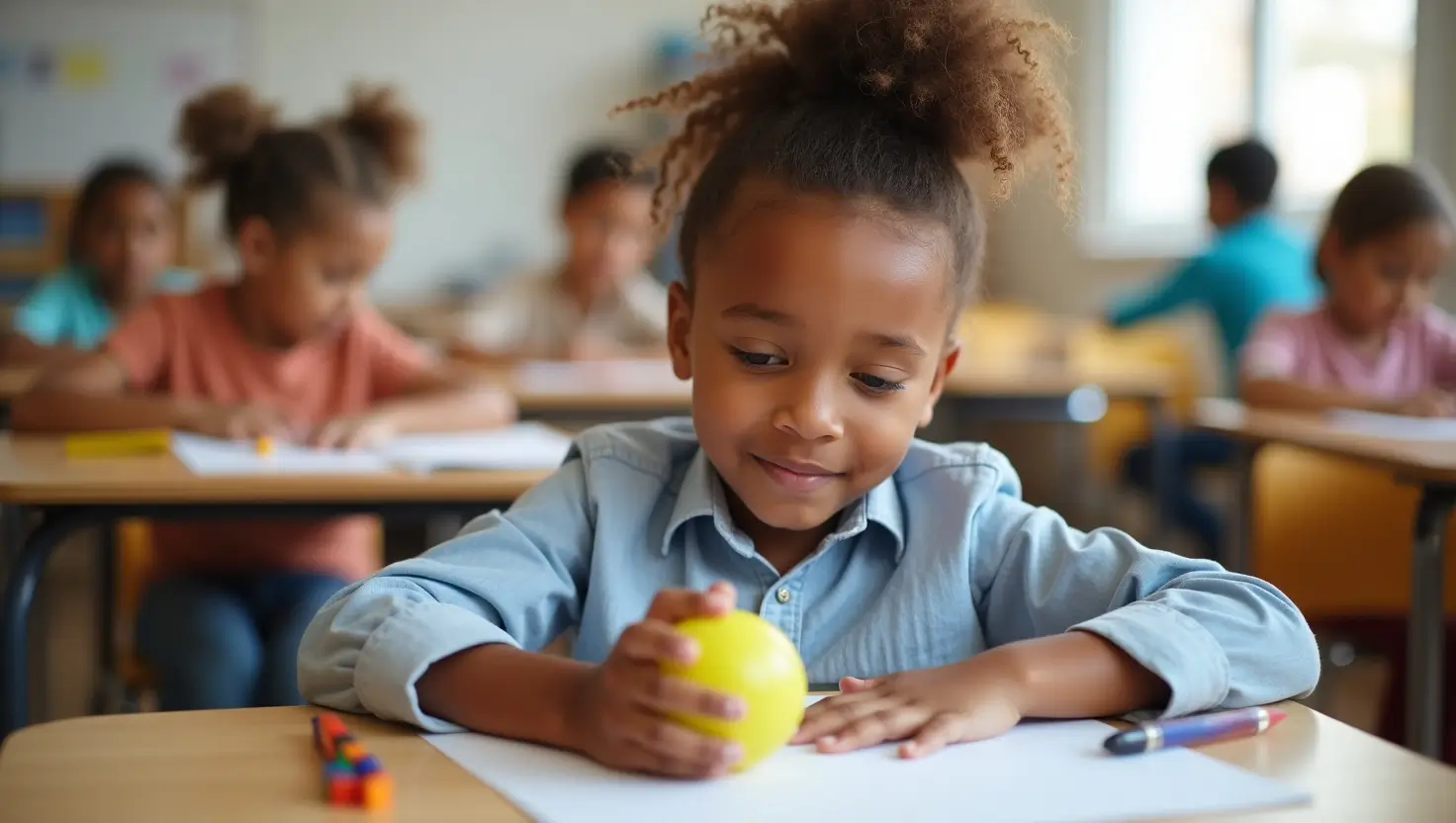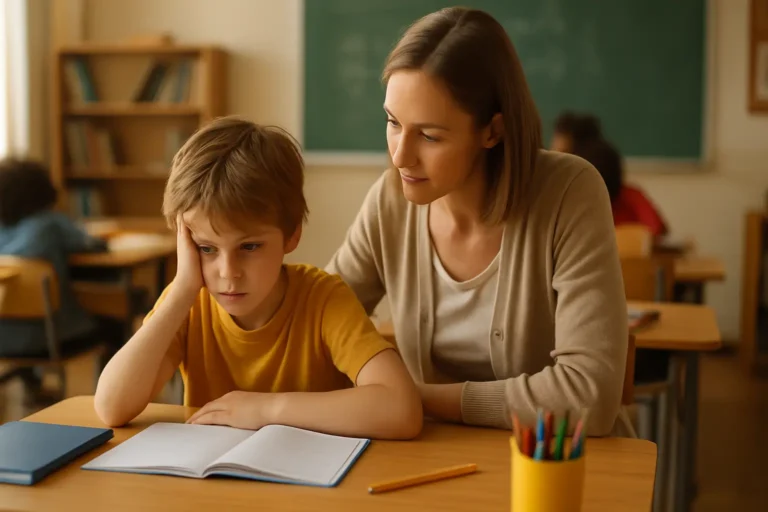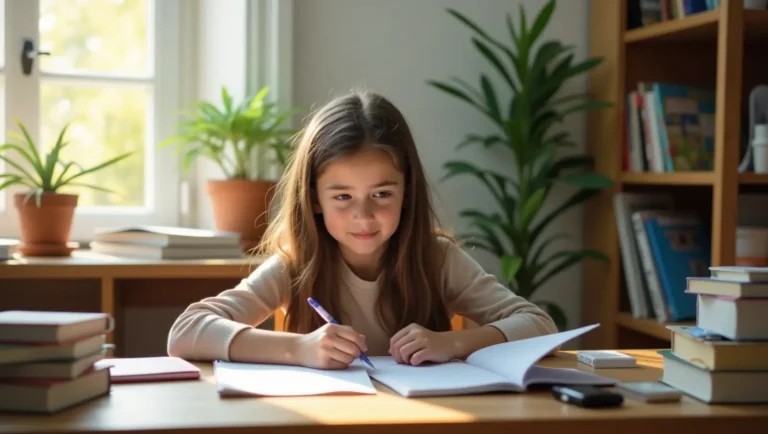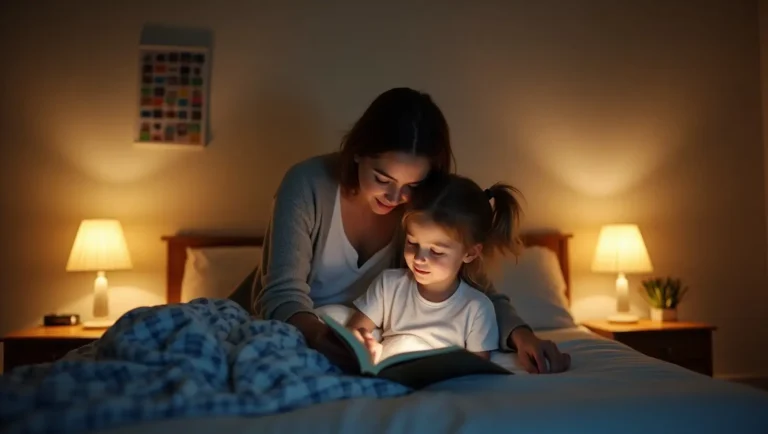Best Fidget Toys for ADHD Kids: Expert Picks for Focus and Calm
As a parent of a child with ADHD, I’ve been down the rabbit hole of fidget toys more times than I can count. Between the endless Amazon searches, the trial-and-error purchases, and the well-meaning advice from other parents, finding the right fidget toy for ADHD kids can feel overwhelming. After years of experience and countless conversations with occupational therapists, teachers, and other ADHD parents, I’ve compiled this comprehensive guide to help you navigate the world of sensory toys for ADHD children.
Understanding ADHD and the Science Behind Fidgeting
Before diving into specific products, it’s crucial to understand why fidget toys can be so beneficial for children with ADHD. Attention Deficit Hyperactivity Disorder affects approximately 6.1 million children in the United States, according to recent CDC data. These children often struggle with hyperactivity, inattention, and impulsivity, which can significantly impact their academic performance and social interactions.
Research has shown that fidgeting can actually help children with ADHD focus better. A study published in the Journal of Abnormal Child Psychology found that physical movement, including fidgeting, can improve cognitive performance in children with ADHD. The theory is that fidgeting provides sensory input that helps regulate the nervous system, allowing the brain to focus on the primary task at hand.
Dr. Sarah Mitchell, a pediatric occupational therapist I’ve worked with, explains it this way: “Think of fidgeting as a way to give the ADHD brain just enough stimulation to stay alert and focused, without becoming overwhelmed. It’s like finding the perfect volume on a radio – not too loud, not too quiet, but just right for optimal listening.”
What Makes a Great Fidget Toy for ADHD Kids?
Not all ADHD fidget toys are created equal, especially when it comes to children with attention deficit disorders. Through my experience and research, I’ve identified several key characteristics that make a fidget toy truly effective for ADHD:
Quiet Operation: The last thing you want is a classroom fidget toy that disrupts the learning environment. The best options operate silently or with minimal noise.
Durable Construction: ADHD kids can be rough on their belongings, often without meaning to be. A good sensory toy for ADHD needs to withstand daily use and the occasional drop or throw.
Appropriate Size: The toy should be small enough to use discreetly but large enough that it won’t pose a choking hazard or get easily lost.
Engaging but Not Distracting: This is perhaps the trickiest balance to achieve. The focus toy needs to provide enough sensory input to be helpful without becoming the primary focus of attention.
Safe Materials: Look for toys made from non-toxic materials, especially since many children tend to put things in their mouths. The Consumer Product Safety Commission provides guidelines for toy safety standards.
Top Categories of Fidget Toys for ADHD Kids
Stress Balls and Squeeze Toys
Stress balls for ADHD kids remain one of the most popular and effective fidget toys, and for good reason. The repetitive squeezing motion provides proprioceptive input – sensory feedback from muscles and joints – which can be incredibly calming for an overactive nervous system.
I’ve found that the best stress balls for ADHD children are those with varying textures and resistance levels. Some children prefer a softer squeeze, while others need more resistance to get the sensory input they’re seeking. The DNA ball, with its unique mesh design, has been particularly popular in our household because it provides both tactile and visual stimulation without being overly distracting.
According to the American Occupational Therapy Association, proprioceptive input through activities like squeezing can help regulate the nervous system and improve focus in children with sensory processing challenges.
One parent I spoke with, Lisa from Denver, shared her experience: “My son Jake has been using a stress ball during homework time for about six months now. His teacher initially was skeptical, but she’s seen such an improvement in his ability to sit still and focus that she now keeps a few in her classroom for other students who might benefit.”
Fidget Cubes and Multi-Sensory Toys
Fidget cubes for ADHD have revolutionized the fidget toy market since their introduction. These small, cube-shaped devices typically feature six different sides, each offering a unique fidgeting experience – buttons to press, switches to flip, dials to turn, and surfaces to rub.
What makes fidget cubes particularly effective for ADHD kids is their variety. Children with ADHD often have changing sensory needs throughout the day, and a fidget cube allows them to switch between different types of stimulation as needed. The original Fidget Cube remains the gold standard, but there are now numerous variations available to suit different preferences and budgets.
Research from Harvard Medical School suggests that fidget toys can be beneficial when they don’t distract from the primary task, making multi-sensory options like fidget cubes ideal for classroom use.
Therapy Putty and Thinking Putty
Therapy putty for ADHD offers a different type of sensory experience than traditional fidget toys. Working with putty provides deep pressure input and can help improve hand strength and fine motor skills while serving as a focusing tool. Many occupational therapists recommend therapy putty not just for its fidgeting benefits but also for its therapeutic properties.
Crazy Aaron’s Thinking Putty has become increasingly popular among ADHD families. Unlike regular play putty, Thinking Putty for focus is designed to be more engaging with unique properties like color-changing abilities or magnetic responsiveness. However, it’s important to note that these specialty putties should be used under supervision, as they’re not suitable for children who tend to put non-food items in their mouths.
The Sensory Processing Disorder Foundation provides additional resources on how tactile experiences like putty can help children with sensory challenges improve their focus and self-regulation.
Fidget Rings and Jewelry
For older children who might feel self-conscious about using obvious fidget toys, fidget rings for ADHD and jewelry offer a discreet solution. These items look like regular accessories but incorporate fidgeting elements like spinning bands or textured surfaces.
I’ve seen this category work particularly well for middle school and high school students with ADHD who want to maintain their independence while still having access to the sensory input they need. The key is finding pieces that look age-appropriate and align with the child’s personal style preferences.
Discrete fidget jewelry has become increasingly sophisticated, with options that look like fashionable accessories while providing the sensory input needed for focus.
Tangle Toys and Textured Fidgets
Tangle toys for ADHD – those colorful, interconnected curved segments – provide both tactile and visual stimulation. They can be twisted, bent, and manipulated in countless ways, making them endlessly engaging for active minds. The repetitive motion of manipulating a tangle toy can be particularly soothing for children experiencing anxiety or hyperactivity.
Textured fidget toys for sensory input, including items with bumps, ridges, or soft spikes, provide important tactile input. Some children with ADHD are sensory seekers who crave this type of input, while others might be more sensitive and prefer smoother textures. It often takes some experimentation to find the right match.
The National Institute of Mental Health provides comprehensive information about ADHD symptoms and how sensory tools can be part of a comprehensive treatment approach.
Age-Appropriate Considerations
Choosing the right fidget toy also depends heavily on your child’s age and developmental stage. What works for a 6-year-old might not be appropriate or appealing to a 12-year-old.
Elementary Age (5-10 years): Younger children often respond well to colorful, visually engaging fidget toys for young ADHD kids. They’re less concerned about discretion and more interested in toys that provide clear sensory feedback. Stress balls with interesting textures, simple fidget cubes, and stretchy toys tend to work well for this age group.
Middle School (11-13 years): Pre-teens are becoming more aware of social dynamics and may prefer discrete ADHD fidget tools that don’t draw attention. This is where fidget rings, discrete cube designs, and thinking putty can be particularly effective. It’s also important to involve children this age in the selection process, as their buy-in is crucial for success.
High School (14+ years): Teenagers often prefer fidget tools for teens with ADHD that look more like office supplies or accessories rather than toys. Fidget pens, stress balls that look professional, and subtle jewelry options tend to work best. Many teens also appreciate having multiple options to choose from depending on the situation.
Implementing Fidget Toys Successfully
Having the right ADHD fidget toy is only part of the equation. Successful implementation requires thoughtful planning and often some trial and error. Here are strategies I’ve learned work best:
Start with Teacher Communication: If your child will be using fidget toys at school, communication with teachers is essential. Most educators are supportive when they understand the purpose and see the benefits, but it’s important to establish guidelines upfront. The National Education Association offers resources for teachers about accommodating students with ADHD.
Create Fidget Toy Rules: Establish clear expectations about when and how classroom fidget tools should be used. For example, “Fidget toys are for helping us focus during work time, not for playing during instruction time.”
Have Backup Options: Children’s sensory needs can change, and fidget toys can break or get lost. Having a few different sensory regulation tools available ensures your child always has access to the tools they need.
Monitor Effectiveness: Pay attention to whether the focus toy for ADHD is actually helping your child focus or if it’s becoming a distraction. Be prepared to make adjustments as needed.
Common Mistakes to Avoid
Through conversations with other parents and professionals, I’ve identified several common pitfalls to avoid when introducing fidget toys:
Choosing Toys That Are Too Stimulating: Some fidget toys are so engaging that they become the primary focus rather than a background tool for focus. Light-up toys, toys with sounds, or overly complex designs often fall into this category.
Not Considering the Environment: A fidget toy that works great at home might not be appropriate for a quiet classroom or library setting. Always consider where the toy will be used.
Expecting Immediate Results: Like any tool or strategy for managing ADHD, fidget toys may take time to show their full benefit. Give new toys a fair trial period before deciding they’re not working.
Forgetting About Individual Differences: What works for one child with ADHD might not work for another. Sensory preferences, age, severity of symptoms, and personal interests all play a role in determining the best fidget toy options.
The Role of Professional Guidance
While fidget toys can be incredibly helpful for ADHD, they’re most effective when used as part of a comprehensive approach to managing ADHD. Occupational therapists can provide valuable insight into your child’s specific sensory needs and recommend appropriate tools and strategies.
Many school districts now have occupational therapists on staff who can help assess whether sensory tools for ADHD students might be beneficial for your child in the classroom setting. They can also provide guidance on how to use these tools most effectively and suggest modifications if needed.
The American Academy of Pediatrics provides guidelines for comprehensive ADHD treatment that may include behavioral interventions, environmental modifications, and sensory tools like fidget toys.
Budget-Friendly Options and DIY Solutions
Not every effective affordable fidget toy for ADHD needs to break the bank. Some of the most successful fidget solutions I’ve encountered have been simple and inexpensive. A small piece of velcro attached to the underside of a desk, a textured fabric square, or even a paper clip can serve as effective fidgeting tools.
For families on a tight budget, consider making your own DIY fidget toys for ADHD kids. Rice-filled socks make excellent stress balls, and bottle caps can be turned into simple spinning toys. The key is understanding what type of sensory input your child needs and finding creative ways to provide it.
Pinterest and similar platforms offer numerous DIY sensory toy ideas that can be made at home with common household items.
Looking to the Future
The fidget toy market continues to evolve, with new products being developed specifically for children with ADHD and other attention challenges. Technology is beginning to play a role, with some companies developing smart fidget toys that can track usage patterns and provide feedback about their effectiveness.
However, it’s important to remember that the best fidget toy is often the simplest one that meets your child’s specific needs. High-tech solutions aren’t automatically better, and the most effective tool is the one your child will actually use consistently.
Conclusion: Finding What Works for Your Child
Navigating the world of fidget toys for ADHD kids doesn’t have to be overwhelming. By understanding your child’s specific sensory needs, involving them in the selection process, and maintaining open communication with teachers and other professionals, you can find ADHD focus tools that truly make a difference in their ability to focus and succeed.
Remember that fidget toys are just one tool in the ADHD management toolkit. They work best when combined with other strategies like consistent routines, clear expectations, regular exercise, and appropriate medical management when necessary. The goal isn’t to find a magic solution, but rather to provide your child with the support they need to reach their full potential.
For additional resources and support, consider connecting with organizations like CHADD (Children and Adults with Attention-Deficit/Hyperactivity Disorder) or the ADHD Foundation which provide comprehensive information and community support for families dealing with ADHD.
Every child with ADHD is unique, and what works for one may not work for another. Be patient with the process, celebrate small victories, and don’t be afraid to try new approaches. With time and persistence, you can find the sensory support tools that help your child thrive both at home and in school.







